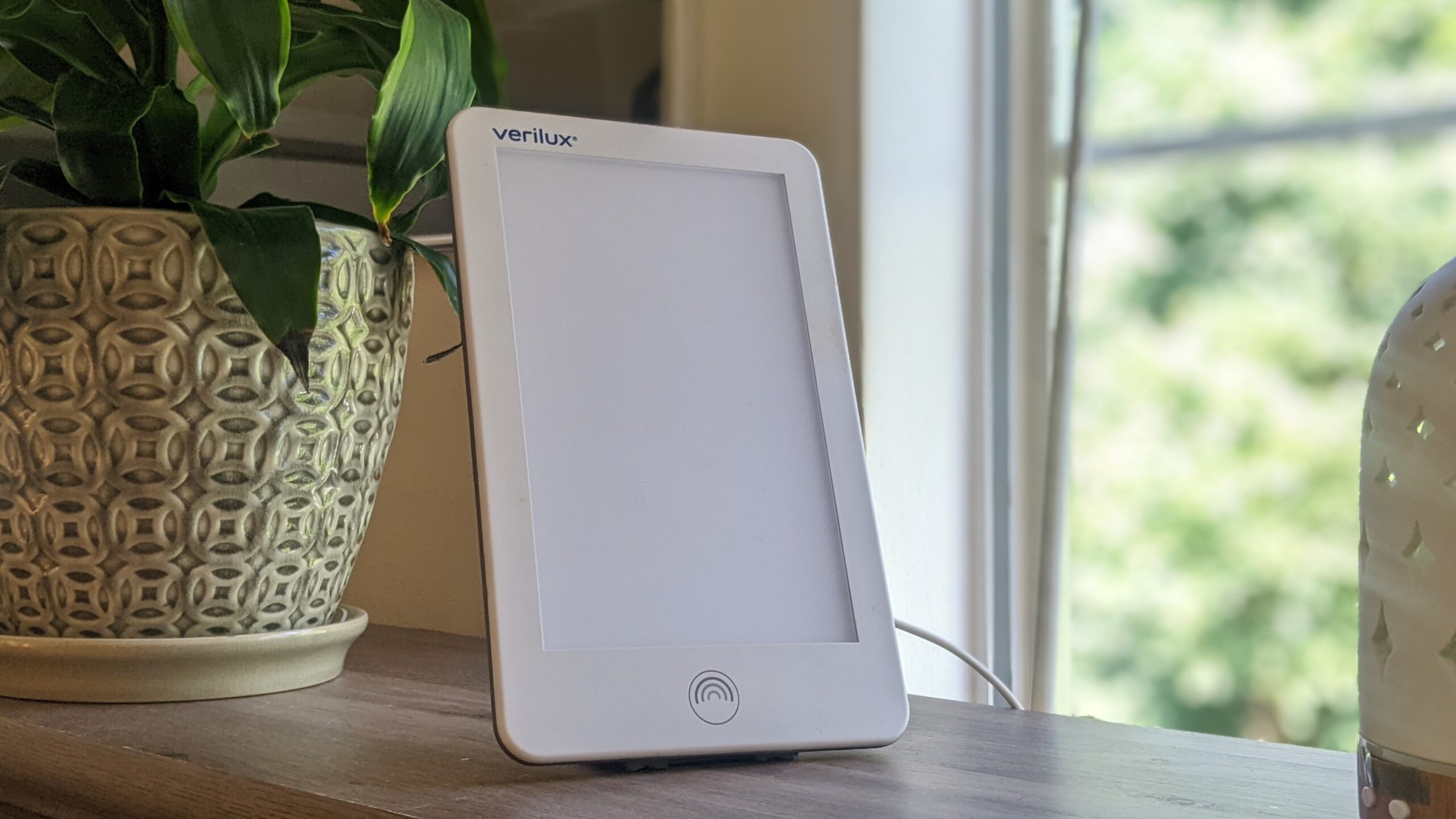The end of daylight saving time is like 3 months away, and I’m already dreading the shorter days. For people prone to depression, the difference in light can make a huge difference in mood and wipe your energy. Luckily, light therapy may be able to help.
Light therapy, also known as phototherapy, is a treatment method that uses light exposure to alleviate symptoms of depression, especially seasonal affective disorder (SAD), a type of depression that typically occurs in the fall and winter when daylight hours are shorter.
Here’s how light therapy is generally used:
Select a Light Box
Choose a light box specifically designed for light therapy. These devices emit bright light that mimics natural sunlight. It’s important to select a light box that provides the right intensity and wavelength of light. If you’re treating seasonal affective disorder, a 10,000 lux lamp is usually used (lux is a measure of brightness). For other types of depression, a lower lux lamp can be used. (Link to Verilux ‘HappyLight’ on Amazon)
Time of Day
Typically, light therapy is done in the morning, as exposure to bright light early in the day helps regulate your circadian rhythms and improve mood. The exact timing can vary based on your individual needs and schedule; just don’t do it at night. At night, our bodies need darkness to cue our brains to produce melatonin.
Duration
A typical session may last around 20 to 30 minutes, but feel free to start with 10 a day. The duration can vary depending on the intensity of the light and your individual response to the therapy. Some people may benefit from longer or shorter sessions.
Setup
Position yourself about 16 to 24 inches away from the light box. You don’t need to stare directly at the light, but it should be within your field of vision. The light has to be perceived by your eyes so it can stimulate the retina and cue your brain to produce serotonin. You can engage in various activities during the session, like reading, working, or eating.
Consistency
For the best results, be consistent with your light therapy sessions. Regular daily use, especially during the fall and winter months, can help alleviate depressive symptoms.
Consultation
Before starting light therapy, it’s recommended to consult a healthcare professional, especially if you have a history of eye conditions or are taking medications that make your skin more sensitive to light.
Monitor Progress
Keep track of how you feel over time while using light therapy. Many people report improvements in their mood and energy levels within a few weeks of starting the therapy.
Remember that light therapy might not be effective for everyone and shouldn’t be used as a sole treatment for severe depression. It’s important to work with a healthcare provider to determine the most appropriate treatment plan for your individual needs. If you or someone you know is struggling with depression, seeking professional help is crucial.



